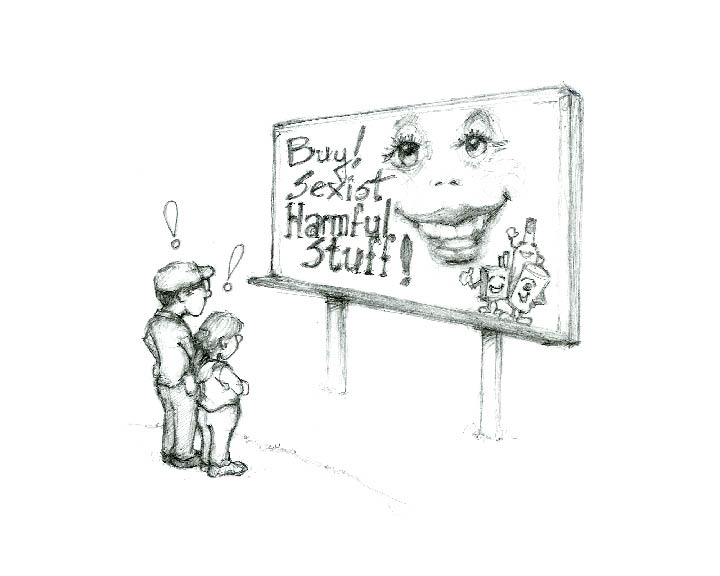 |
Step 1. Choose a billboard. TIA would pick billboards with particularly offensive messages and brainstorm on how to alter the words slightly for best effect. |
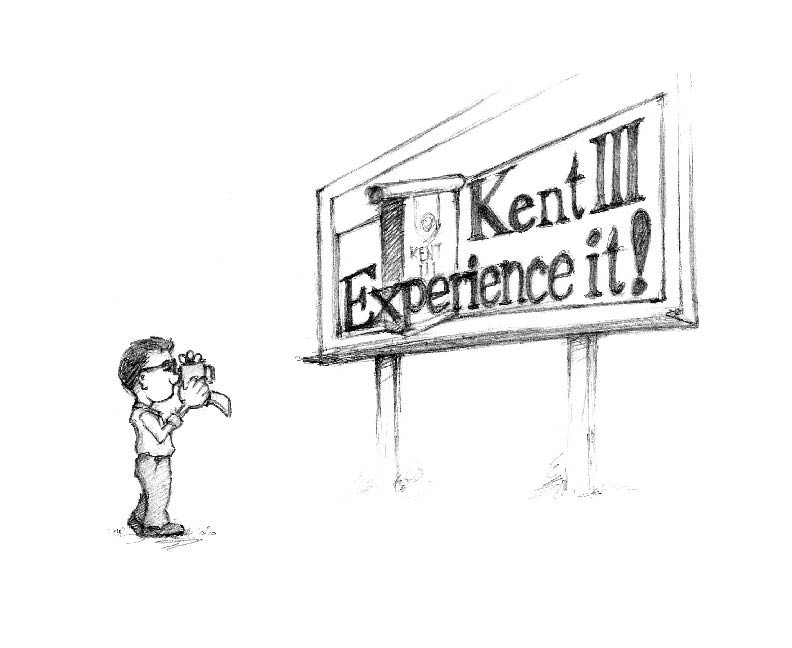 |
Step 2: Photograph the billboard. |
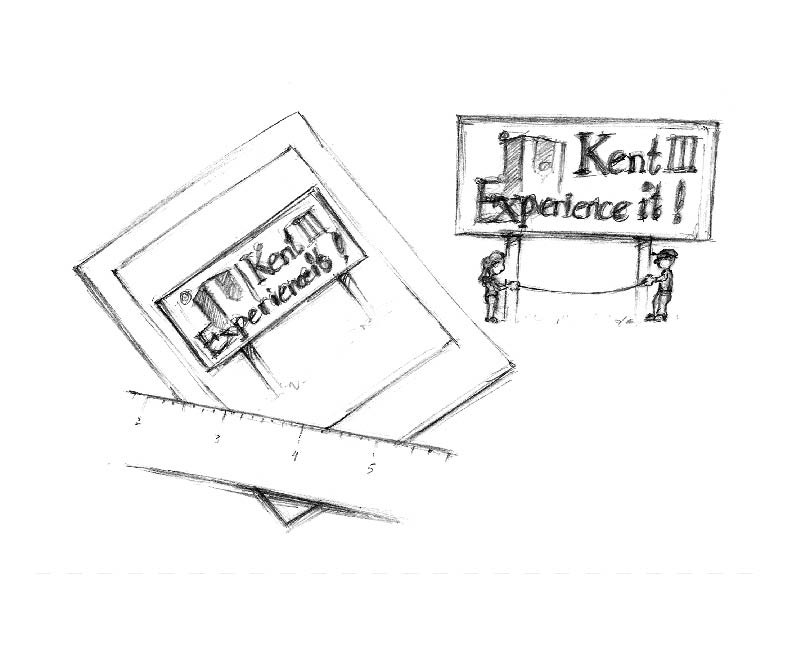 |
Step 3: Size the letters. TIA would measure the distance between the posts holding up the billboard. By measuring the same distance on the Polaroid print, TIA had a scale with which to measure the letters and create new ones that matched. |
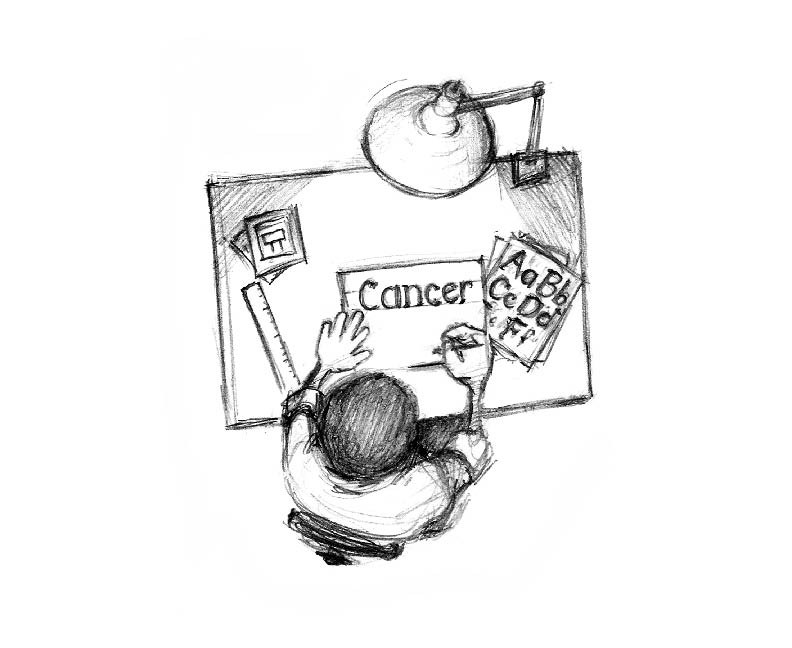 |
Step 4: Match the type and create a small overlay. TIA used a book of type to identify the typeface on the billboard, and then purchased matching rub-on letters from an art supply store. On a regular page, they rubbed on letters to make the overlay message. Today, a computer drawing program could lay out the letters. |
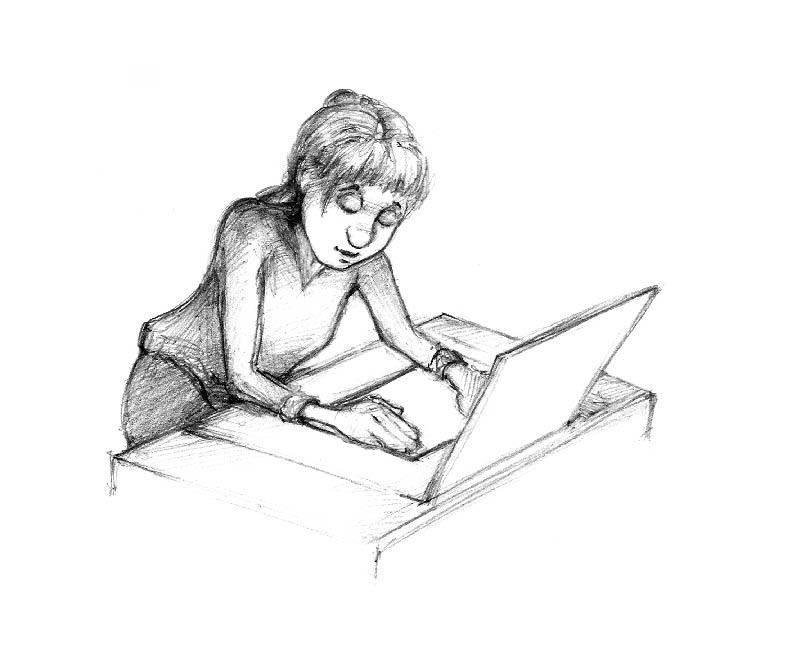 |
Step 5: Create a transparency. TIA took the small overlay to a copy center and copied it onto a transparency so it could be projected to a larger size. |
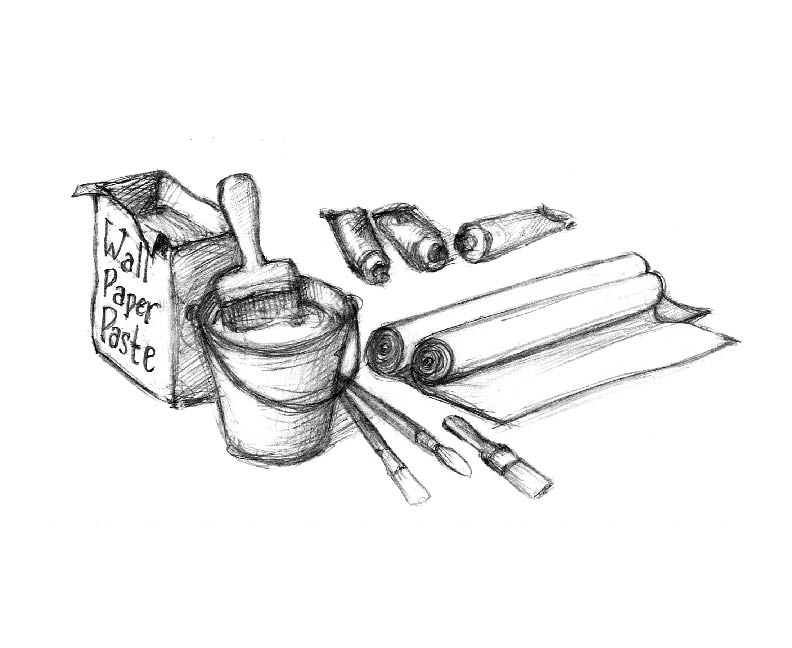 |
Step 6: Gather the materials. TIA used the back side of wallpaper remnants for most signs. They used acrylic art paint, which is dark and even, easy to paint with, and waterproof when dry. Wallpaper paste was the best glue. |
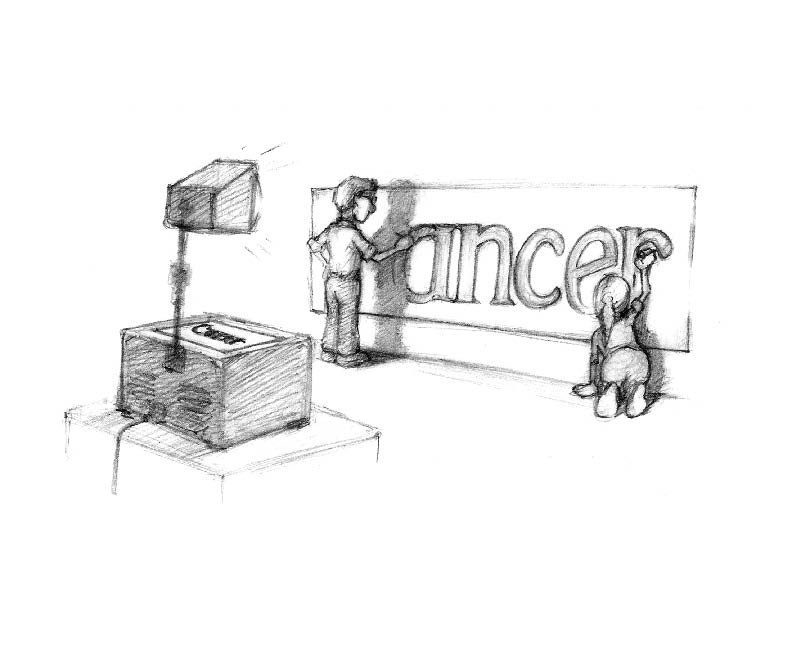 |
Step 7: Project the transparency. TIA used an overhead projector to enlarge the transparency of the overlay and project it onto the wallpaper taped to a wall. The further back the projector, the larger the letters. Some signs required a very long house to get the letters large enough. |
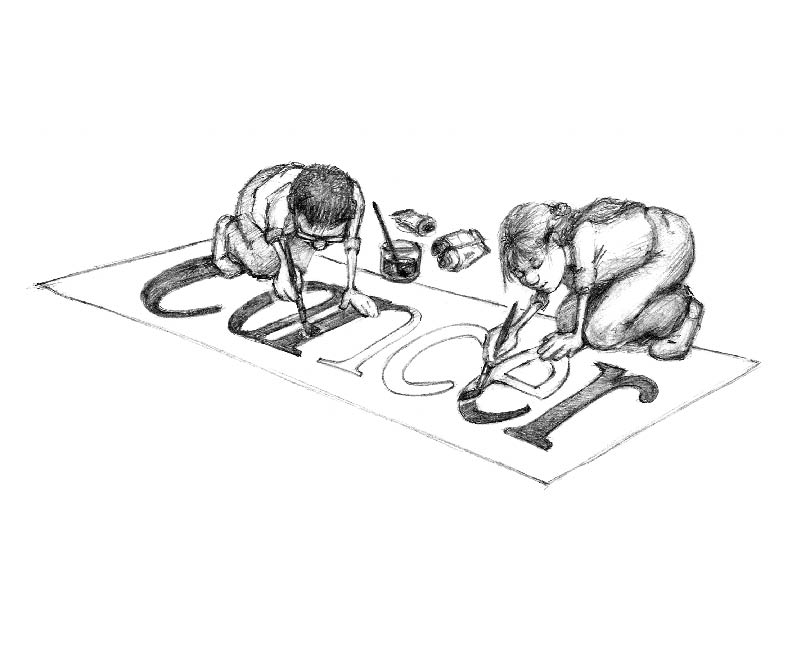 |
Step 8: Paint the sign. After tracing the projected letters onto the white backside of the wallpaper, TIA mixed the acrylic paint to a flowing consistency and painted the sign. |
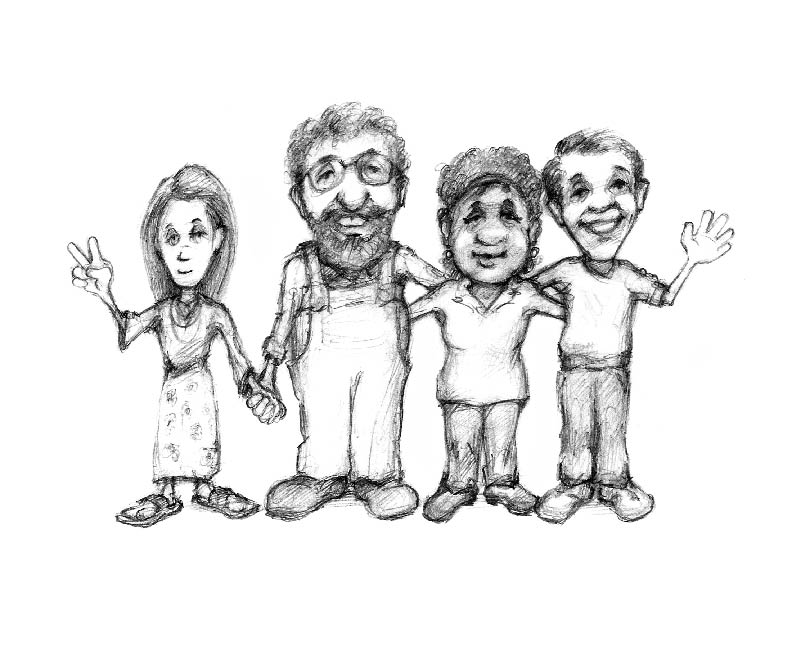 |
Step 9: Gather a crew. TIA used a network of friends of friends to recruit a crew for a “hit”. Roles were assigned, the process was talked through, and warning signals were agreed to. Just in case, one person stayed behind to make bail. |
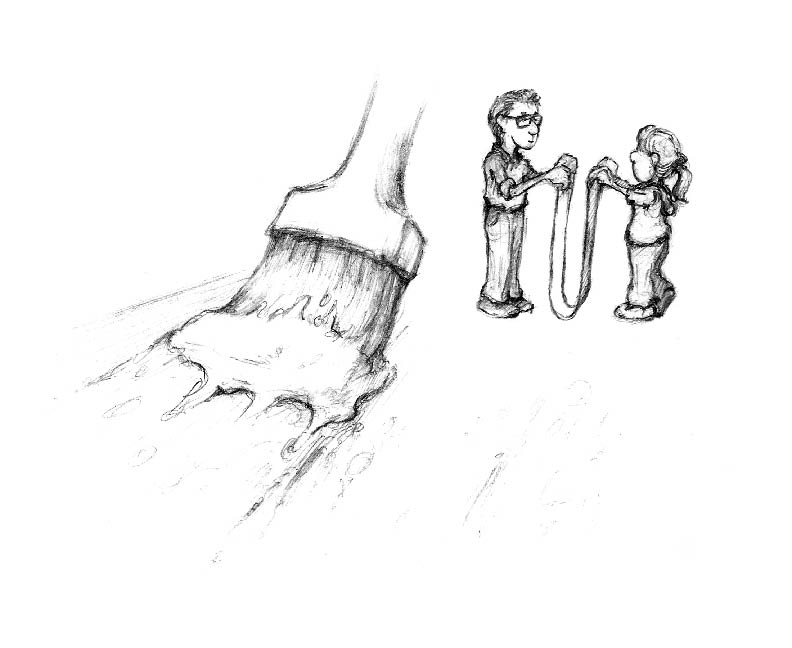 |
Step 10: Apply wallpaper paste. Just before setting out, TIA mixed and applied wallpaper paste to the back of the overlay sign. Wallpaper paste stays tacky for 20 minutes or more. They folded the sign back on itself, sticky side to sticky side, so it could be easily carried to the site. |
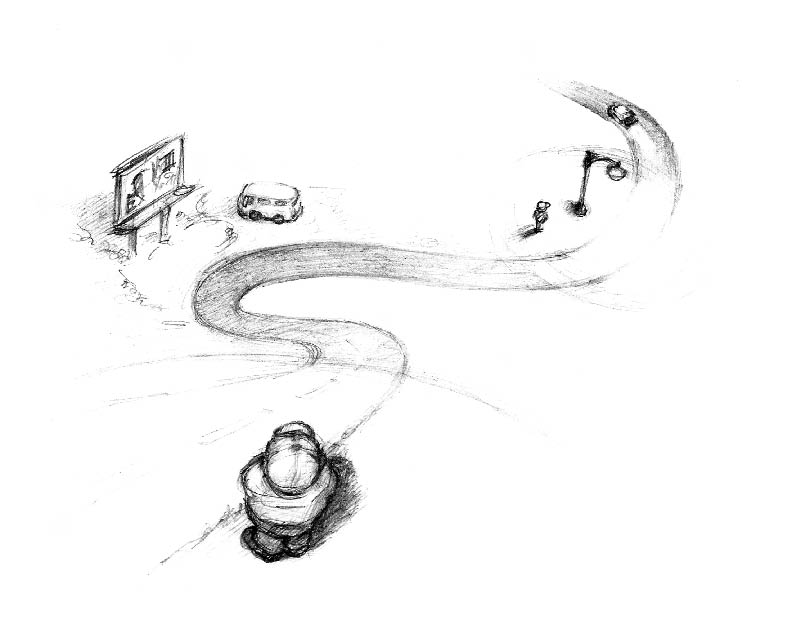 |
Step 11: Post the lookouts. TIA posted lookouts at strategic corners to watch for police cars. If they spotted one, they gave advance warning for the installation crew to hide. |
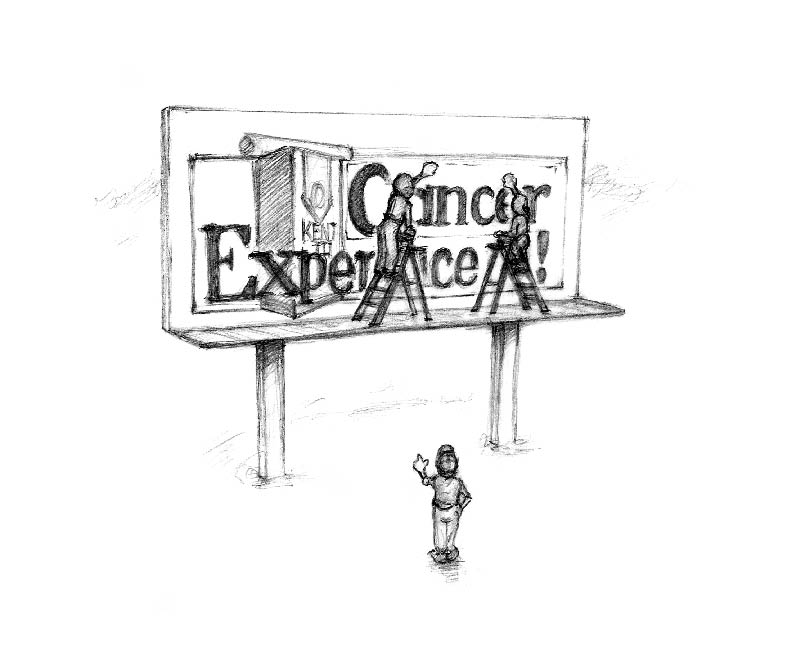 |
Step 12: Do it! Note: altering billboards is illegal. If caught, plead artistic freedom. By the way, feel free to call yourself Truth in Advertising if you employ these methods to alter billboards, which you would never do because it is illegal. |